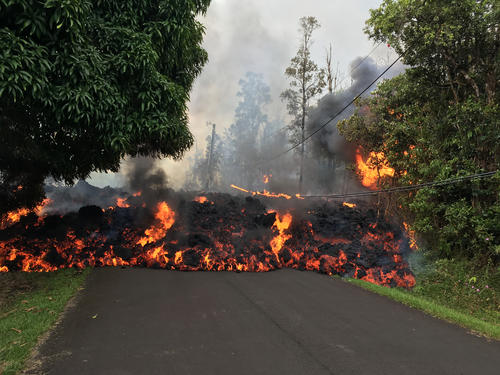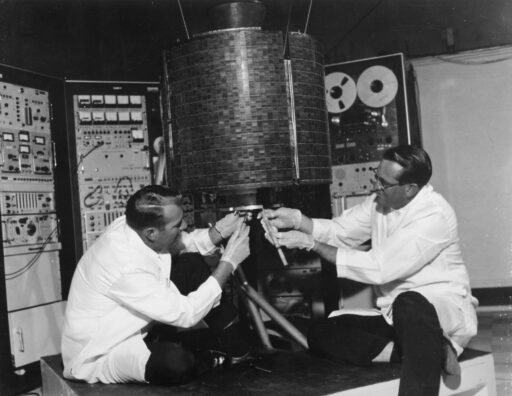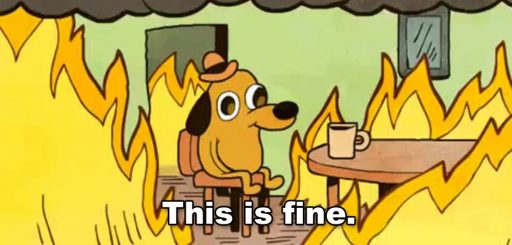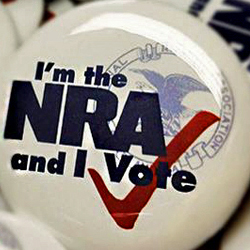Not too long after Sebastian started blogging, the gun club he had just joined had a member call for a vote to change the bylaws to end the 100% NRA membership requirement that had been in place since the place was founded in 1958. Word got down to Fairfax and they were worried only if the member had unexpected success because it was dues for hundreds of members annually and about 1,000 or so votes in key districts of Pennsylvania and New Jersey. That vote happened, and it turns out that NRA had nothing to really worry about because it went down in terrible defeat. The NRA membership mandate was left in place, in part with the support of Sebastian.
Well, this year, Sebastian led the effort to end the NRA membership requirement in order to be a member of the gun club. He did it from a position of practical arguments for both protecting member money and functional aspects of the relationship that no longer worked.
Only now the club is much bigger which means more money to Fairfax and more voter contacts they didn’t have prior to these people joining. You’d think Fairfax would care this year when more is on the line. But they don’t. Even the really local and regional NRA Board Members don’t care enough to reach out. (Yes, I can confirm some were notified well in advance of the vote.) Combine that lack of concern from the NRA leadership with the fact that the member discussion showed that NRA messaging is so insanely out of touch with nearly anyone under 50 or so, and the requirement fell to resounding defeat. Nearly 3 to 1 to remove any requirement to join the NRA.
The relationship lasted for 64 years, but ended thanks to Wayne’s leadership that saw them bouncing checks on gun clubs, the complete collapse of services to the point where someone recently fessed up there are email addresses they don’t know that anyone left in the department had checked in two years, and membership staff who can no longer handle working with clubs bringing them enough dues income to pay most of some salaries.
We’re not the only club to end this relationship and stop bringing NRA new members who otherwise wouldn’t join their organization. In Southeast Pennsylvania, I understand that Southern Chester County Sportsmen’s & Farmers’ Association did the same a while ago. I learned of several clubs around the nation of varying sizes who have ended their 100% requirements. Forum posts & online chats indicate clubs in Florida, Texas, Wisconsin, Connecticut, and Georgia appear to have all cut these requirements. And if you study the past issues of NRA publications that list “Gold Medal” clubs where the biggest hurdle is often that 100% membership status, the number has been dwindling. Even when the add new ones, they often just replace those who have ended their involvement in the program – a possible sign they ended their 100% requirements.
The good news is that plenty of the under 50 crowd who spoke to end the NRA rule did advocate for joining at least some other gun rights group. It’s not that we’ve lost the next generation of shooters from supporting the cause – it’s that they spoke out and said that the NRA no longer represents their more diverse views of the world and politics.
The members spoke tonight, and NRA leaders I have spoken with pretty much made it clear they had no intention of listening.
Before any anti-gun readers get too cocky, the message wasn’t good for you. The NRA was seen as too squishy, out of touch with current gun rights debates, and not representative of the guns they want to own and shoot. This was not a sign of a weakening gun rights movement. This was a move back to the roots – gun owners turning out locally and encouraging multiple fronts and ways to tackle state and national issues. Last night was the kind of true grassroots work that shows generations of people will come together for discussion on making the 2A movement stronger in the long term.




